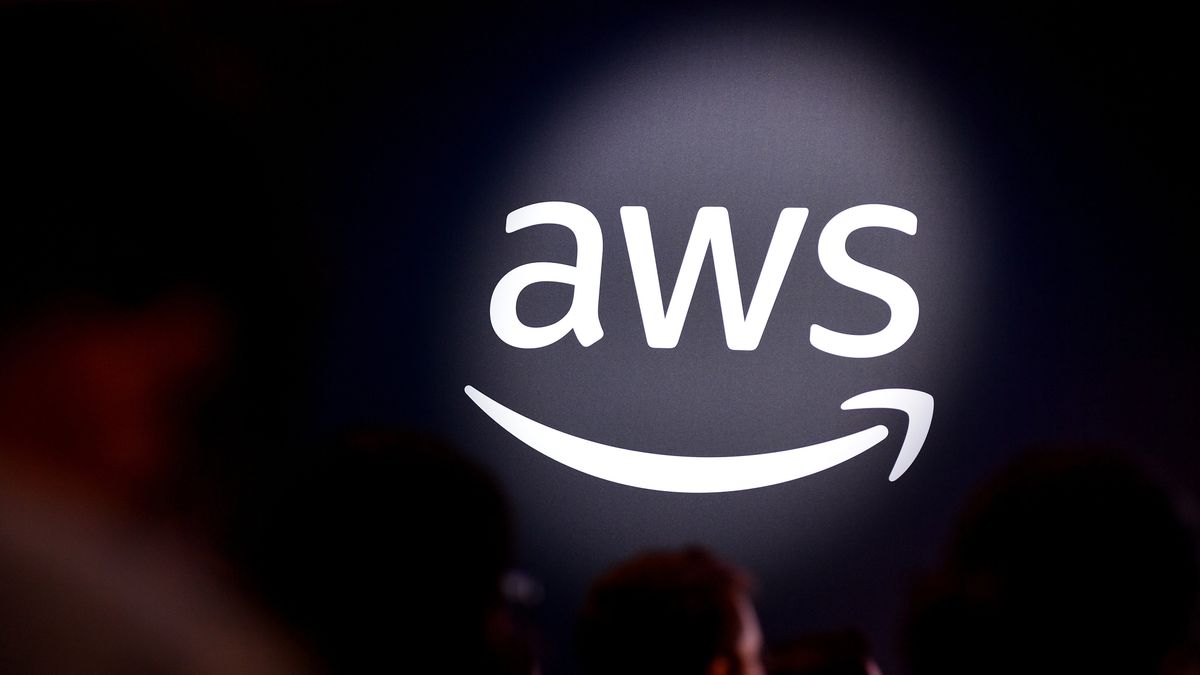Regulation and the pharmaceutical sector are intrinsically linked.
Indeed, it’s no exaggeration to state that the global pharmaceutical sector is one of the most heavily regulated industries in the world. This means that all stages of the drug production process are subject to watertight rules and regulations that can be easily monitored and checked at any time to ensure total compliance.
One of the key aspects of this regulatory process started in the 1990s, when governments across the globe started to take the collective decision to replace paper records and handwritten signatures with electronic records. This process, known as Computer Systems Validation (CSV) is used in highly regulated environments that impact public health and safety, such as the pharmaceutical, biotech, and medical device industries.
However, as we all know, technology is driving a constant evolution in pharmaceuticals, a trend that will keep gathering momentum as we shift further into Industry 4.0. and a pharmaceutical sector that will be defined by a blend of cyber-physical systems, the Internet of Things (IoT), the Internet of Systems (IoS), and the cloud.
With the CSV process forming such a vital part of the pharmaceutical industry’s regulatory backbone, it is worth looking in some detail at the CSV changes that we can expect to see soon because of innovation in technology – and, in many cases, we are already seeing now.
The importance of CSV for pharma
The pharmaceutical sector uses computer systems to operate and record a range of essential processes and activities from clinical trials, manufacturing, product testing, distribution, storage, and logistics.
The results of these activities could be used as the backbone for new drugs, equipment, or even legislation that could well influence global healthcare. It is therefore critical that these systems can be relied upon to produce data accurately and consistently, to create an indelible electronic data trail that is transparent, traceable, and tamper-proof, and to store those electronic data records in a way that is safe, secure, and can stand the test of time.
That is why the CSV process has been widely adopted across the globe by government entities as a much more reliable and time-efficient process compared to a paper-trail and ink signatures.
As an example, in the USA, the Food and Drug Administration (FDA) provides detailed controls for electronic records and electronic signatures in the Code of Federal Regulations (CFR) under FDA 21 CFR 11. Part 11 mandates the requirements for electronic records and signatures to be accurate, reliable, readily retrievable, and secure and to be able to legally replace paper records and handwritten signatures. This code applies to (bio)pharmaceutical and medical device manufacturers, biotechnology companies, and other FDA-regulated industries.
Some examples of the controls required include data being stored in electronic format with the ability to be archived. Electronic records should be as trustworthy as paper records. The system must also ensure that electronic signatures are as trustworthy and secure as handwritten signatures. Controls on electronic signatures should include the name of the signing user, the day and time the signature was executed, and the meaning of the signature.
On-site “traditional” system validation
The on-site CSV model, which has been the status-quo method for many years, sees the validation process begin with validation planning, system requirements definition, testing and verification activities, and validation reporting.
The system lifecycle then enters the operational phase and continues until system retirement and retention of system data, based on regulatory rules.
The process is usually manual, often involving a paper-based process, which ties up significant resources. It is usually prone to errors, as it relies on repetitive testing, using very limited automation, and can take a significant amount of time. However, the almost wholesale adoption of cloud computing means such practices are already being consigned to the history books.
While the overall benefits of cloud computing, such as subscription-based pricing, much-reduced infrastructure costs, and configurable solutions, have been well-known for a long time, less well known are the benefits that it offers to CSV.
The cloud-driven CSV difference
Cloud computing provides a multitude of benefits for the CSV process.
One of the key benefits arises from the fact that the cloud solution is built using standard, repeatable SOC2 processes in consistent, single-tenant or multi-tenant instances. As such, compared to on-site servers and software, it is much less likely to be installed with defects, or to fall behind in security updates and patching. Furthermore, the building and testing of hardware and base software components is performed by specialist support staff. This means that pharmaceutical firms don’t have to risk using inexperienced personnel.
When it comes to the meticulous collation of records and processes, such promises are invaluable. It allows the pharmaceutical company to concentrate on its “day-job”, i.e., researching and developing the products that will help people across the globe, while knowing that the nuts and bolts of the CSV process are taken care of.
The cloud also provides valuable time and efficiency benefits.
The prebuilt workflows based on modern best practices take less time to implement and tweak than typical on-premises solutions. There are also no time-consuming hardware procurement, installation, and validation testing cycles, meaning implementation projects can start immediately. A cloud type iterative, agile implementation methodology also tends to achieve faster end user adoption.
Further time and efficiency bonuses also come from the fact that quarterly releases for new functionality and patching deliver earlier, continuous innovation than on premises systems. Traditionally, on premises upgrades are typically delayed for several years due to the enormous cost of implementation and validation testing. The new features are delivered “turned off” in separate development, test, and production instances, with time lags in between to allow for testing and adoption.
There is also solid third-party endorsement. The International Society for Pharmaceutical Engineering’s (ISPE) Good Automated Manufacturing Procedures (GAMP) consider configurable application software such as the cloud to be lower risk (GAMP Category 4).
Finally, the costs need to be considered. Validating a cloud software system is a partnership between the pharmaceutical firm and the SaaS vendor, starting in the buying process. The buying process starts with the specific needs of the business, leading to reduced validation costs. Configurable, best practice-based cloud solutions require no customisations, which can be costly to implement, maintain, and validate.
In addition to these advantages, the cloud-driven CSV evolution also addresses the complexities of global collaboration and remote work, which have become increasingly pivotal in the modern pharmaceutical landscape. Cloud-based systems enable geographically dispersed teams to seamlessly collaborate on validation processes, regardless of their physical locations. This flexibility fosters cross-functional communication and accelerates decision-making, as stakeholders can access and contribute to the validation processes in real-time.
Whether it’s sharing documentation, coordinating testing efforts, or aligning on compliance measures, cloud technology bridges the gaps that once hindered efficient collaboration. This not only expedites the CSV journey, but also enhances transparency and accountability across the organisation and its partners, fostering a cohesive and harmonised approach to compliance and quality assurance in an era of distributed operations.
Conclusion
The CSV process, already established as a core tenet of pharmaceutical regulation, is set to be entrenched even further, thanks to the many benefits that advancements in cloud computing will bring to it.
It is worth emphasising that all CSV documentation can be called for review and audit at any point of the system life cycle. In a sector as vital as pharmaceuticals, the advancements enabled by the cloud to produce watertight records and documentation should be applauded by us all, as we continue to work together for the good of the industry.
As we stand at the crossroads of technological innovation and pharmaceutical excellence, the evolution from on-premises validation to cloud-hosted solutions signifies more than a mere transition – it encapsulates a profound shift in the industry’s trajectory.
The amalgamation of intricate regulations and groundbreaking technology exemplifies a harmonious coalescence that safeguards public health, while fostering unprecedented advancements. As we march forwards into a future defined by Industry 4.0 and a pharmaceutical sector intertwined with cyber-physical systems, IoT, and the cloud, the fortified CSV process stands as a testament to our commitment to excellence.
It is a commitment that acknowledges the indispensable role of cloud-driven CSV in shaping a safer, more efficient, and collaborative pharmaceutical landscape, and one that will ultimately yield a more interconnected and impactful global healthcare ecosystem.











